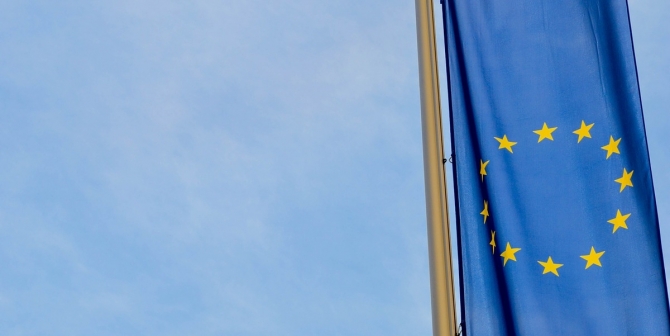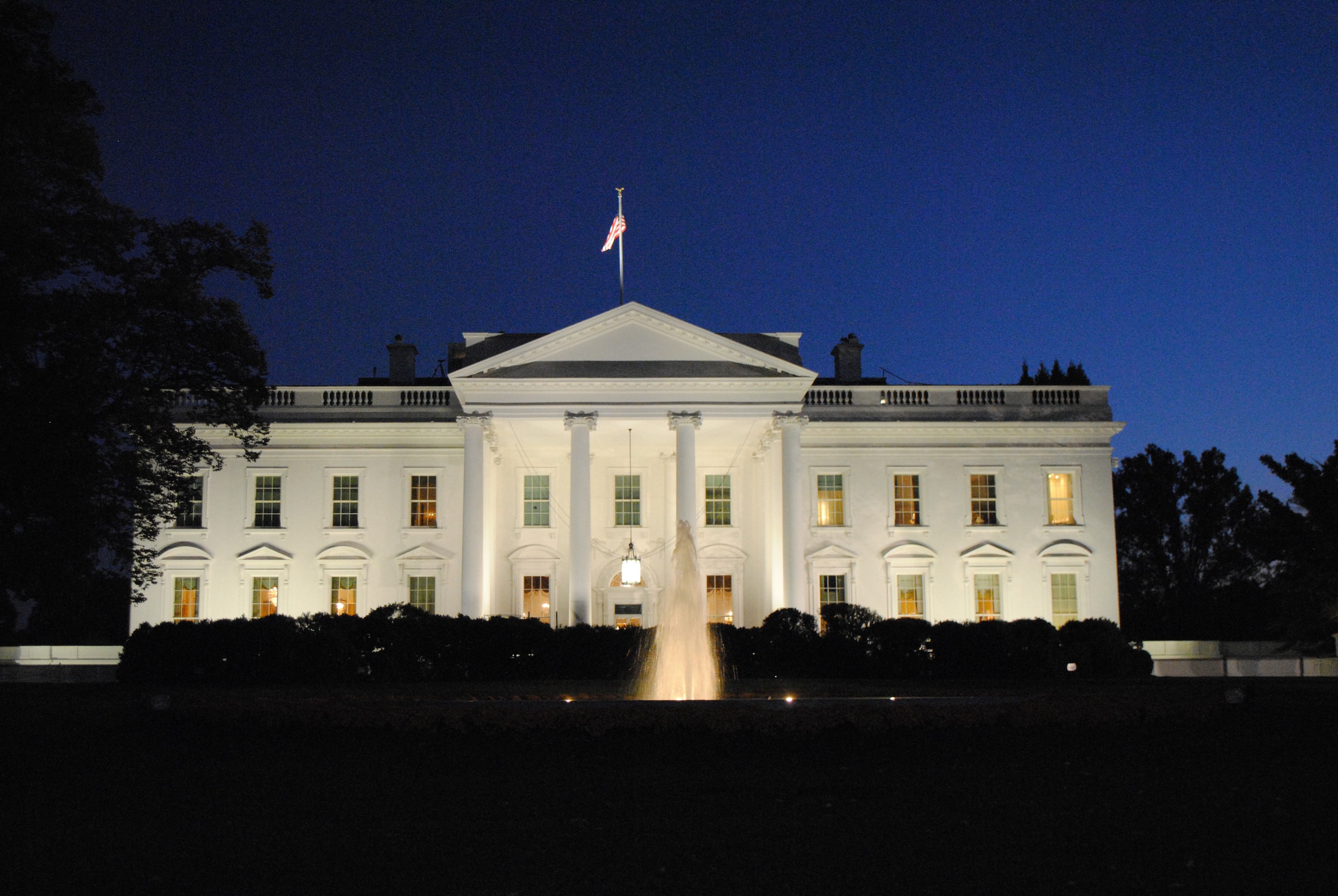 Sam Jeffers, executive director of Who Targets Me, a research and advocacy group focused on digital political advertising, writes here about the implications for digital campaigning of increased spending limits for political parties in UK General Elections.
Sam Jeffers, executive director of Who Targets Me, a research and advocacy group focused on digital political advertising, writes here about the implications for digital campaigning of increased spending limits for political parties in UK General Elections.
In late November the Government used a “Statutory Instrument” to unilaterally increase spending limits for political parties in UK General Elections by 80%, rising from £30,000 per seat they contest, to £54,000.
In 2019, the major parties stood in roughly 630 seats. If they do the same next year, they’ll both have spending limits of around £34m (up from just under £19m in 2019). The increase reflects inflation since the thresholds were set in 2000, but the lack of consultation has worried many, particularly those from smaller parties, for whom the previous thresholds were already neck-craningly high.
But let’s ignore them for now – after all, there are still only two possible winners of British elections. If you’re sat in one of their HQs today, the new spending limits force you to answer two questions. Firstly, how do you raise an extra £15m? For more on this, see the Full Disclosure newsletter here. Second is the focus of this post – how do you spend an extra £15m?
How to spend it
Campaign strategy is about choices. With a ‘mere’ £19m, the choices used to be starker. Now with £35m, you have a lot more freedom.
The Electoral Commission’s data says parties spend about 65% of their budget on “unsolicited material” and “advertising”. 15% goes on “Polling and research”. 5% is spent on “Events and rallies”, with the remaining 15% on “overheads” and “other items”.
One version of the future is that these proportions stay roughly the same. The pie gets larger, but the distribution doesn’t change. The other version sees both the pie growing, and the distribution changing.
We think that latter scenario is where the UK is headed, with two areas getting more investment.
One is the use of agencies and consultants. A lot of campaign work in Britain is done by agencies at pro- or low-bono rates in the hope of preferential treatment when it comes to winning future business with a newly or re- elected government. Most (all?) of the agencies who have worked with the Conservatives over the last 13 years have benefitted in this way.
An optimistic view is that paying them properly will lead to a more honest relationship between campaigns and their agencies/consultants. It might also lead to better work, as agencies can put in more effort (it probably won’t, but we can live in hope for now).
The second area, and by far the most important, is digital ads. Britain doesn’t allow political TV or radio ads. Parties used to buy billboards, but the modern strategy for those is to launch them with the media present, get half a day’s media coverage from it, and not spend any actual money putting them up anywhere. Parties do create lots of leaflets, and send some direct mail, but the former require volunteers to deliver them, whereas the latter is quite expensive (parties get the first piece of mail for free, but for a second… have you seen the price of a First Class stamp recently?).
Digital ads, on the other hand, are still cheap and reach a lot of people. Some might tell you the ‘real’ digital election is happening elsewhere (“on Whatsapp“, “in local groups“, “bots and AI!”), but for a political party, digital ads are the safe option – predictable, configurable and controllable. You can use them to hit target seats and voters with messages you think they’ll want to hear, and you can do it time and again. Ads never get tired or need pizza. They don’t care if it’s raining. They aren’t reliant on fancy, untested technology. They don’t even care if you’ve seen them before, they’ll just keep on coming.
Since buying digital ads became commonplace in British political campaigns in 2015, spending on them has increased at each election. Electoral Commission records show that the main party campaigns have, in that time, spent around £13m on Facebook, Google, Snapchat and Twitter ads. Given the extra headroom the new spending limits offer, we wouldn’t be *that* surprised if one of the big parties spent more than £10m on digital ads at the next election. If they do, their opponent will want to try and do the same. Such is the logic of political campaigns (and it’s going to be a great couple of months for the political ad sales folks at Facebook and Google.)
If that happens, voters in marginal seats will notice a big difference. In the space of a few weeks, roughly 5 million voters, in around 100 seats, will see approximately 2 billion political ads (a very back of the envelope calculation, but of those orders of magnitude).
What does this mean for British campaigns?
We’ve had “the digital campaign” since around 2010, when it meant having a half decent website, an email list and a few gimmicks (such as “Webcameron”). By 2015, social media and paid ads were added to the toolkit. By 2019, digital campaigns were as much a broadcast medium as any other (see the way the Tories used YouTube ads in that campaign), sitting atop the more targeted version, where every possible audience is accessible, provided you have the message and money to reach them.
Unfortunately, the accountability system we need for this increased volume of campaigning and advertising hasn’t really caught up. Apart from the forthcoming introduction of ‘digital imprints’ (which finally catches digital communication up with paper), there’s been no new law for a long time.
And journalism hasn’t really caught up either. There continues to be a lot of coverage of digital novelties in campaigns (this time it’ll be deepfakes and generative AI, following on from the previous cycles of Russians-in-the-machine and bots), but no outlet in the UK currently treats party digital campaigning like a ‘beat’, as they do when they send reporters to follow the Prime Minister or opposition leader from campaign stop to campaign stop. Broadcasters and newspapers spend many millions of pounds doing the traditional type of campaign reporting, but almost nothing trying to deeply understand what’s happening on the internet.
We find this frustrating, because the story of how campaigns think they’ll win is written in their ads, which show where they think they can win, who they’ll need to persuade to do so, and how much effort they’ll have to put in to do it. Show us a list of postcodes and the amount a party is spending in them, and we’ll tell you exactly which seats they think they can win. Would you get such a straight answer from a party press officer or campaign manager? We think not.
The ad transparency we’ve campaigned for over the last 6 years is (mostly) here. With a mammoth increase in online political ads on the way, it’s time to use it.
This post is adapted from Who Targets Me’s Full Disclosure newsletter – to read more, see here. This post represents the views of the author and not the position of the Media@LSE blog, nor of the London School of Economics and Political Science.
Featured image: Photo by Deniz Fuchidzhiev on Unsplash





